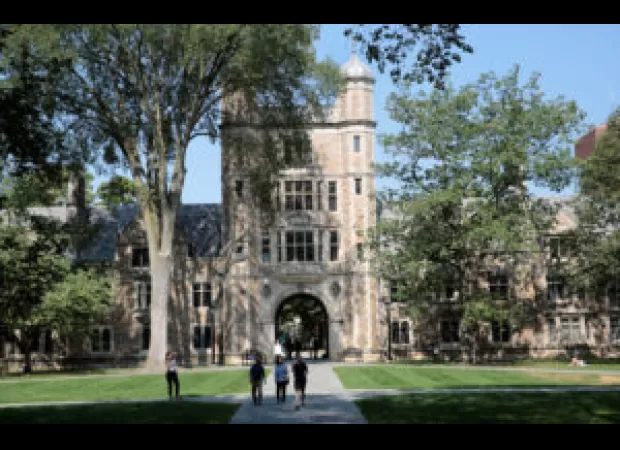Law schools may provide a glimpse of how to create a diverse student body without affirmative action.
Schools can learn from two public law schools to admit diverse students without considering race in admissions decisions.

The potential end to the use of affirmative action in college and university admissions brings to the forefront the strategies of two highly selective public law schools in the United States. The University of Michigan Law School and the University of California, Berkeley School of Law faced a decrease in Black, Hispanic, and Native American first-year student enrollment after their respective states banned affirmative action.
Nevertheless, over time, the schools found ways to increase their percentages of these diverse groups beyond pre-ban levels, indicating a possible roadmap for other institutions to follow in the event of an affirmative action ban. These strategies include participating in pipeline programs to introduce college students to legal careers, looking at applicants' family income and whether they are the first in their families to attend college, and collecting detailed financial data from accepted students.
Asian American enrollment remained steady before and after the affirmative action bans, and now stands at 20% at Berkeley Law and 15% at Michigan Law. Law school administrators from states that have banned affirmative action are fielding numerous inquiries from colleagues in other states on how to enroll diverse classes when race cannot be taken into account.
The Association of American Law Schools is holding a conference focused on admissions in a post-affirmative action landscape. Meanwhile, anti-affirmative action group Students for Fair Admissions has sued Harvard University and the University of North Carolina over admissions policies.
With a 6-3 conservative majority on the Supreme Court, a ban on affirmative action is expected, and this will have a great impact on the legal profession. ABA data shows 19% of the country's lawyers are people of color, compared with 40% of the overall population. Banning affirmative action will likely reduce the number of minority undergraduate students and narrow the pipeline of diverse students considering legal careers.
In response to this, both Michigan Law and Berkeley Law have adopted strategies to recruit and admit diverse students. Michigan Law looks to factors such as first-in-the-family status, high school location, and family income, while Berkeley Law prioritizes pipeline programs and has students, alumni, and faculty reach out to accepted students during the admissions process.
Both Michigan Law and Berkeley Law have also implemented measures to comply with their respective state laws, such as voluntary withholding of information about an applicant's race.
Ultimately, achieving diversity without affirmative action requires extra institutional effort. As Chemerinsky, Berkeley Law dean, puts it, “my great fear is that after the Supreme Court decision, college and universities will give up on diversity”. Without affirmative action, law schools must be proactive and creative in finding ways to ensure diverse student enrollment.






